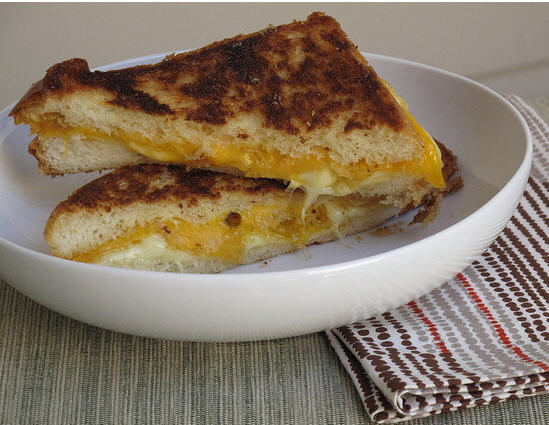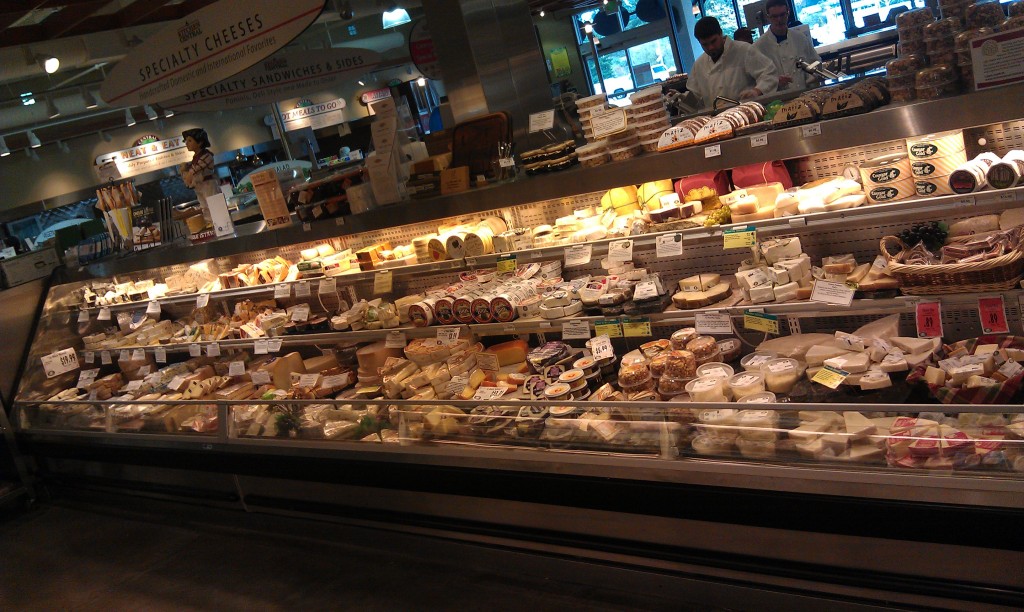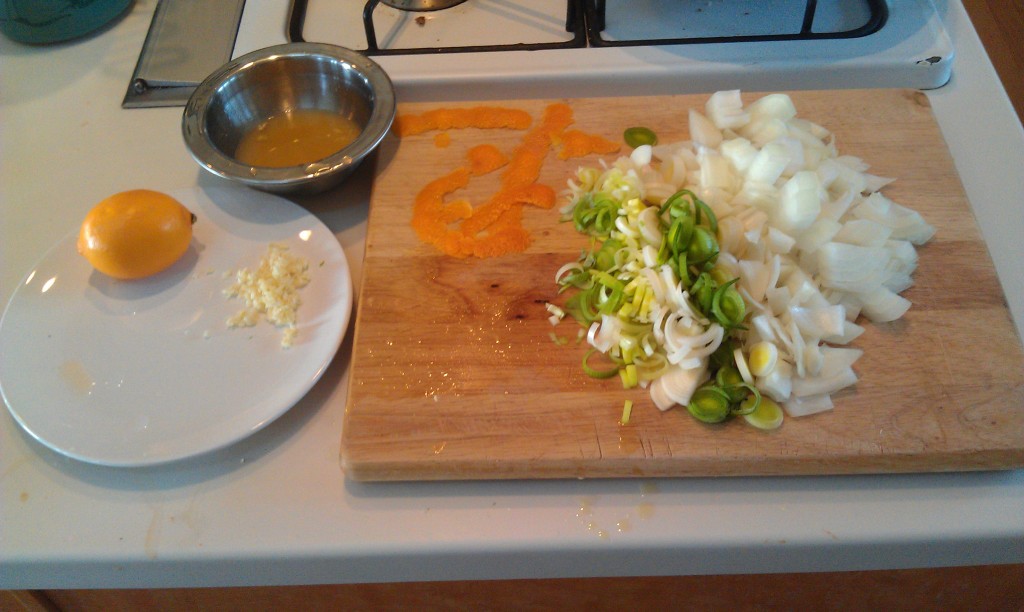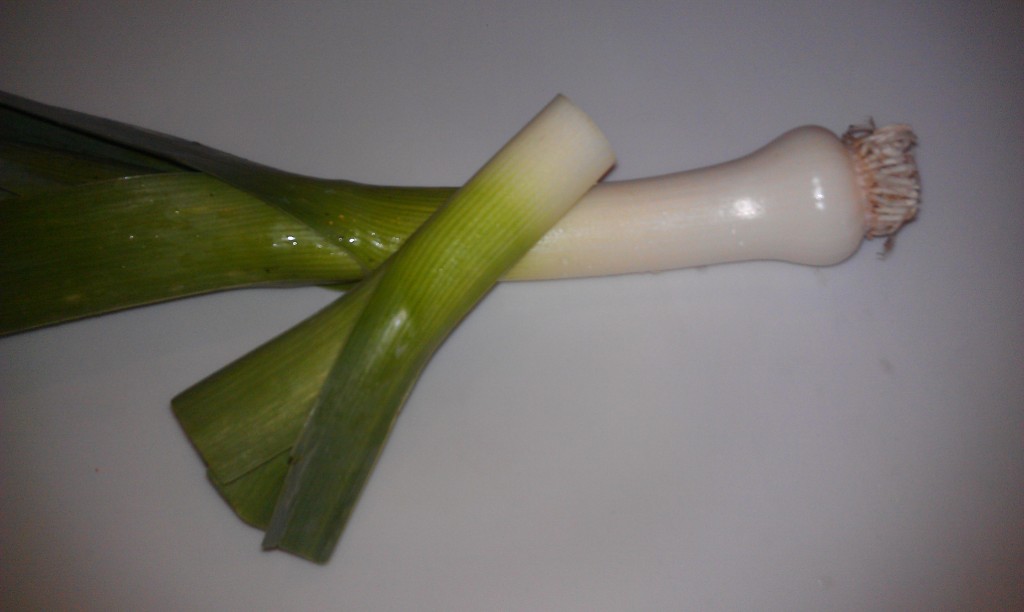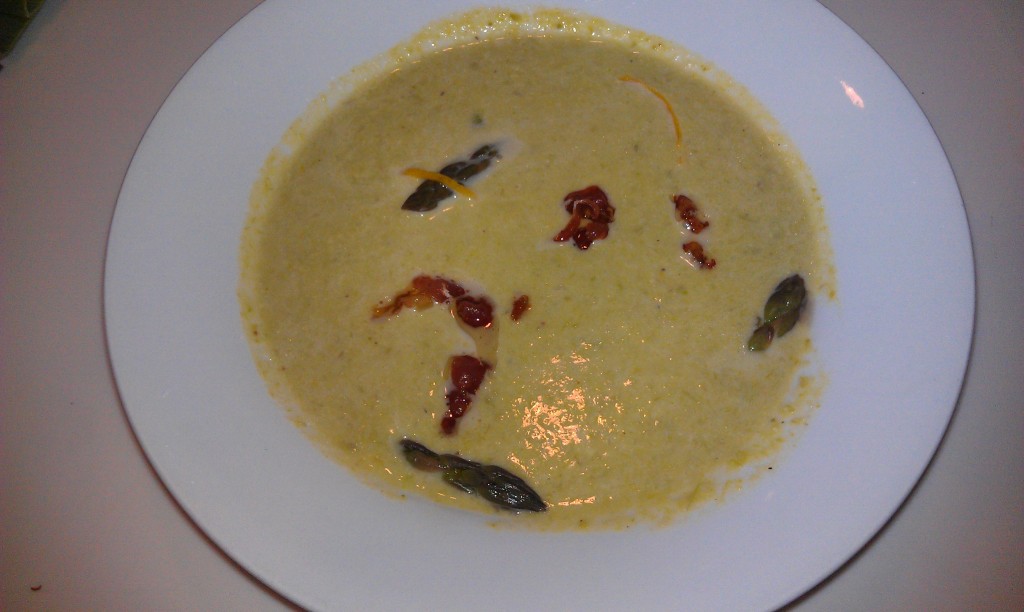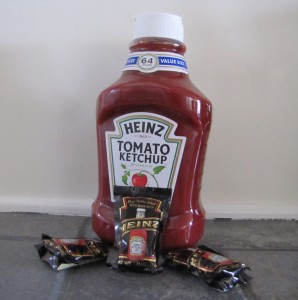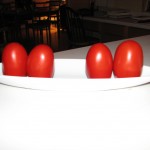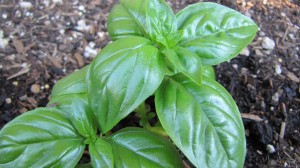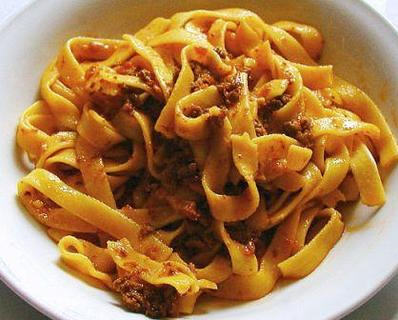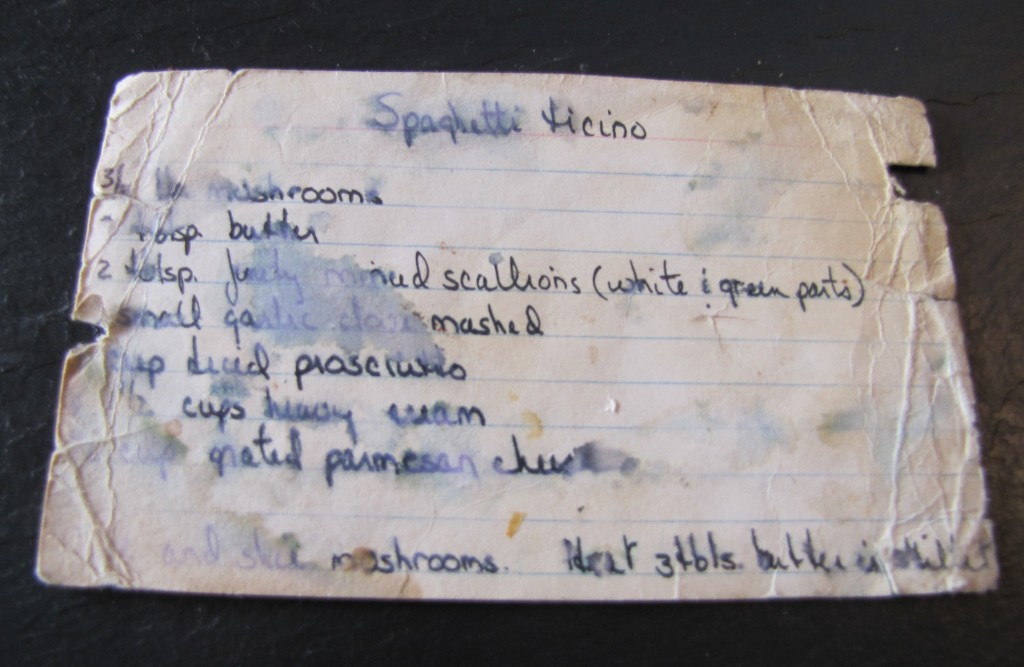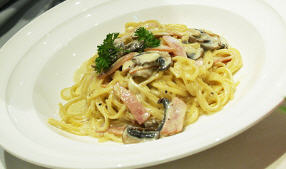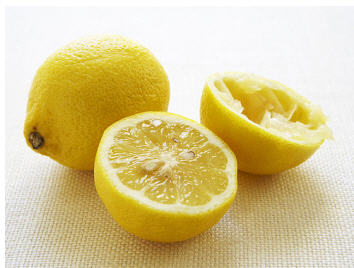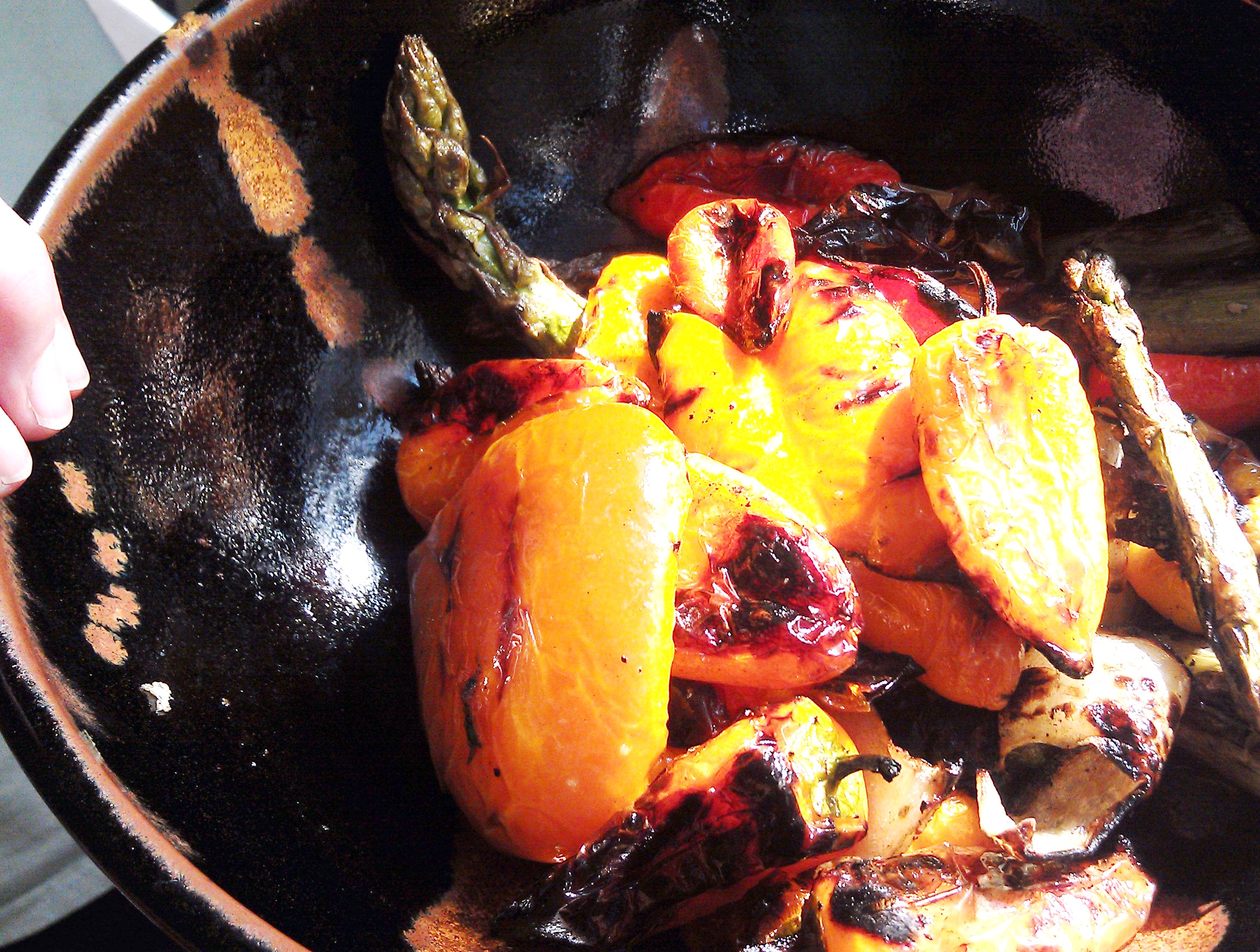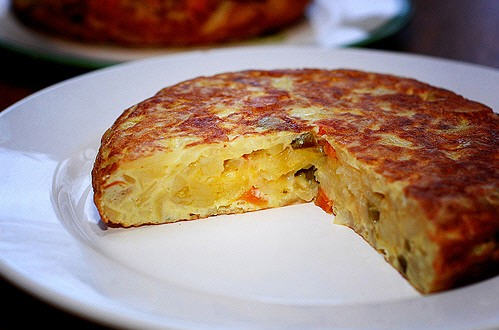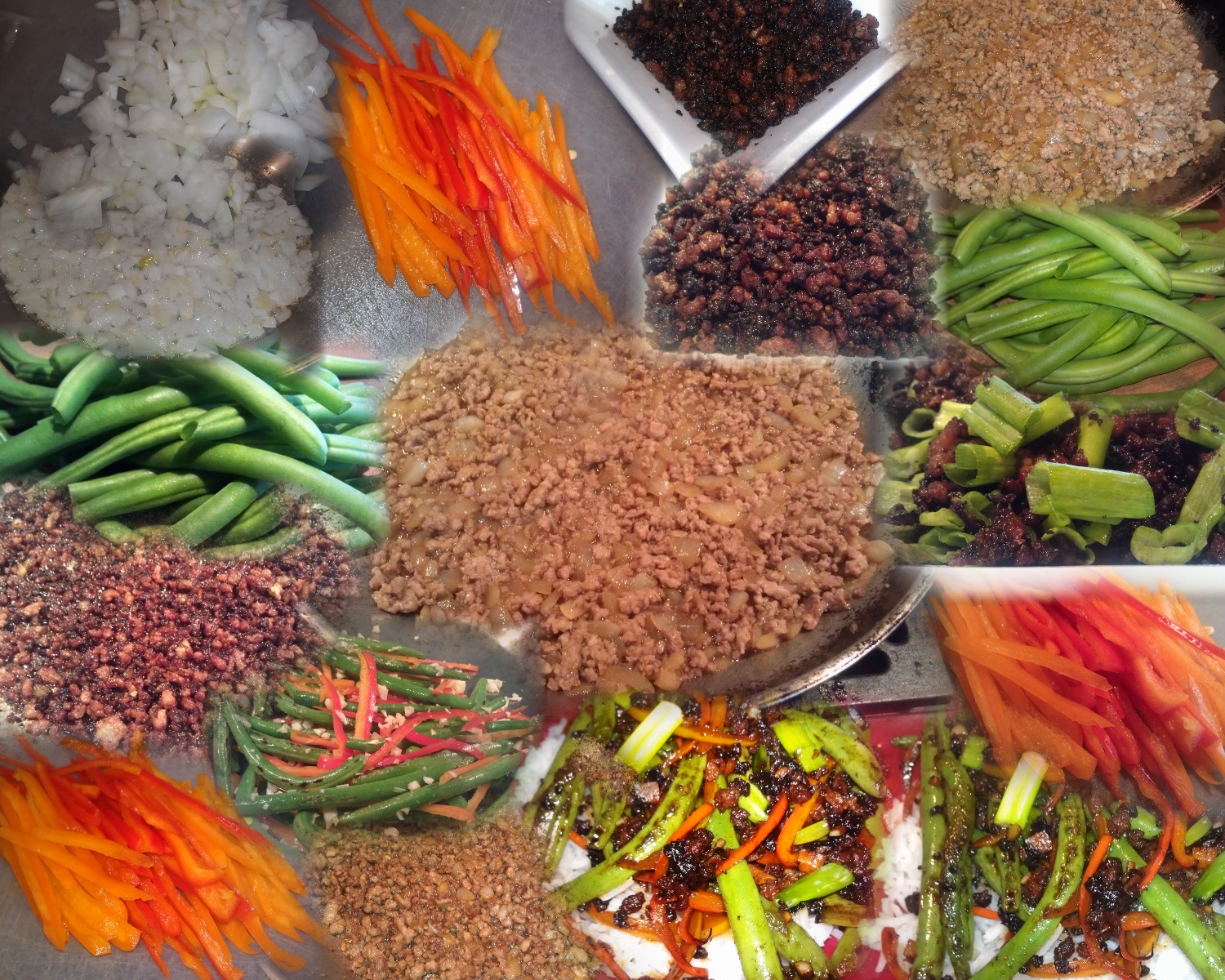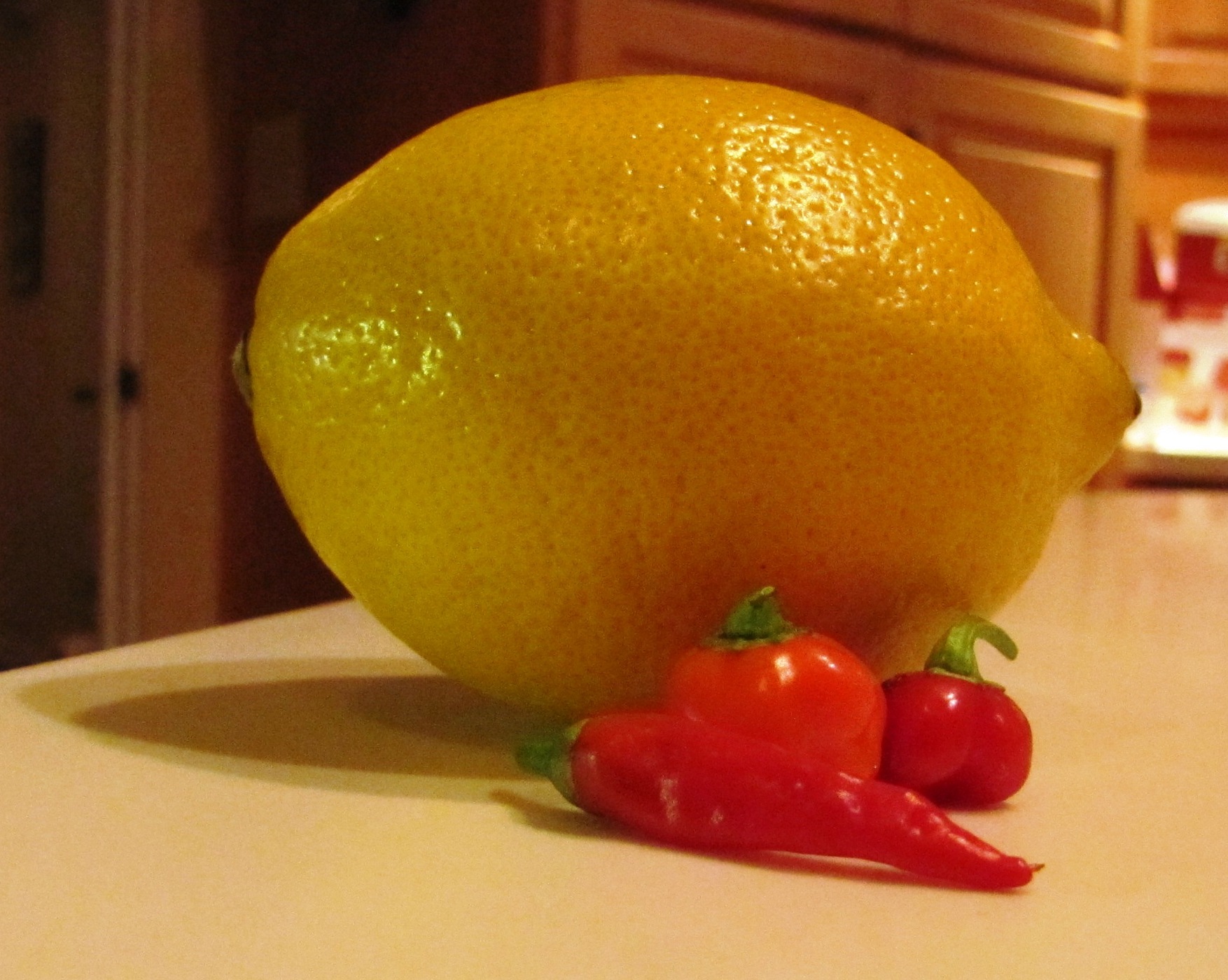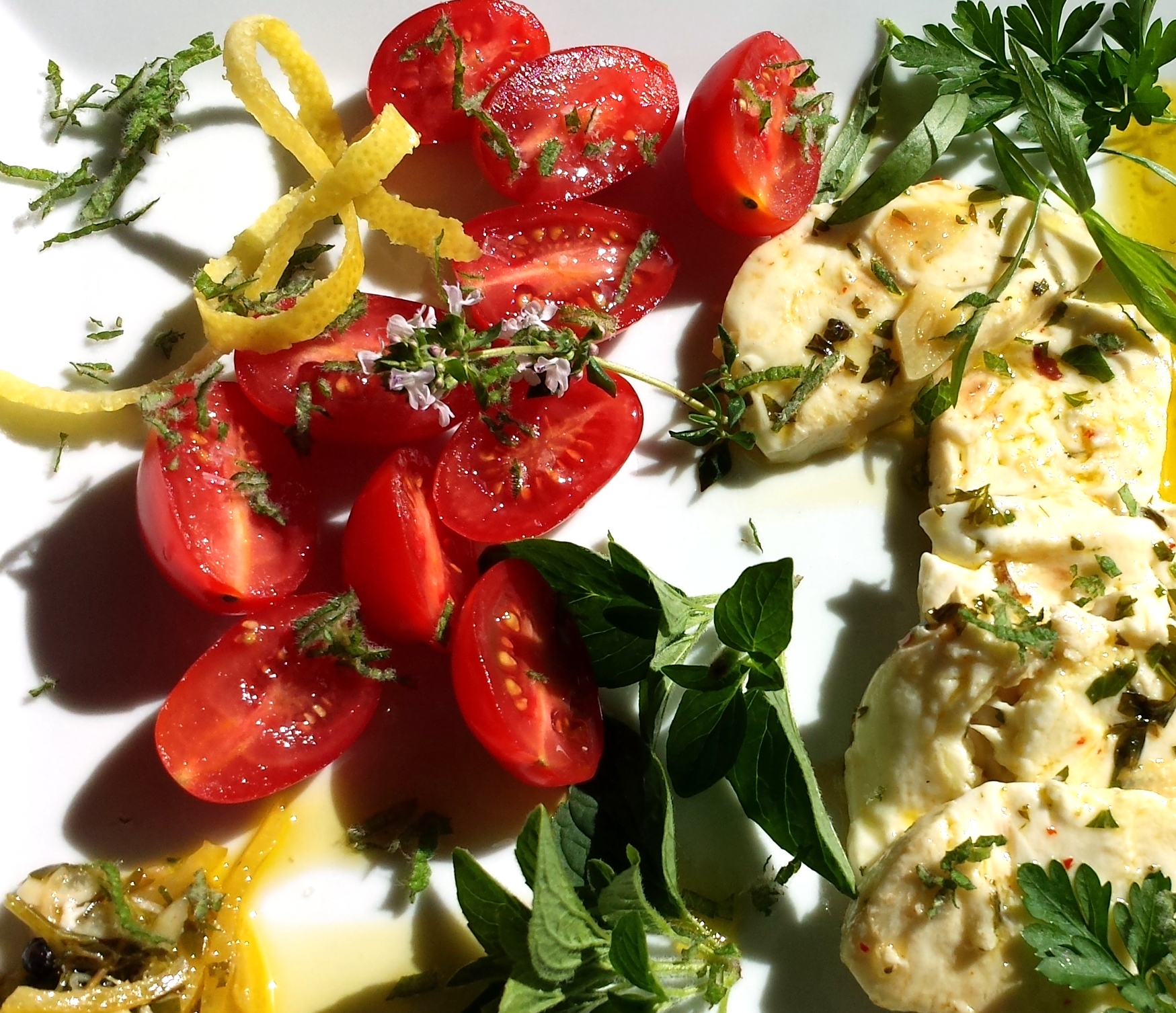I suspect that the few people on our planet who don’t like grilled cheese sandwiches are:
- Vegans
- Aliens from Another World – (see?? They’re not really from our planet at all)
- People Who Believe Fried Food will kill you. Handy tip: *Everything* will kill you. Proof: You live, you eat – whatever – eventually you shuffle off this mortal coil. So, by this impeccable logic, food is just plain dangerous.
- Lactose Intolerant Folks
- Gluten Intolerant Folks
Much like chili or spaghetti sauce, *everybody* knows how to make The Best Grilled Cheese Sandwich in The World. This makes me think of Lake Woebegone, where all the Grilled Cheese Sandwiches are eaten by above-average children. I don’t believe that there is any such thing as the Best of Any Food. Is there a “Best Watercolor in the World,” or a “Best Short Story in the World,” or a “Best Joke in the World”. Hmmm. . .I didn’t think so either.
Food is art, or as my niece Sarah, the Executive Pastry Chef, and a far wiser foodie than I, is wont to say, it’s “Sex on a Plate”. Is there a “Best Kind of Sex”? Hmmm. . .again, I didn’t think so either. I say potato, you say The Kama Sutra Passion Propeller. No, I am *not* linking to that, so stop asking – this is a food blog, dammit.
Art is just like that.
I was gratified to see (via the very fine blog YumSugar) that Thomas Keller, one of the true deities in the world of food, likes a “simple” GCS. His recipe is here. And yet still, despite the fact that Keller is the Caravaggio of the food world, I feel he’s missed an important element. His recipe uses brioche. Good stuff, browns up nicely, suitably complex. For a bread. I have no objection to his choice of two cheeses, although me, I like to pick a single cheese and stick with it, and I love Love LOVE the fact that he pops a few Lays chips in between the layers of cheese, because. . .well, *I* do that too.
Tom?? Call me, we’ve got a lot to talk about.
It’s the Bread
People spend a lot of time – I know, I’m one of them – refining and perfecting sauce recipes for pasta. But really, in the classic sense, it’s all about the pasta. The sauce is a garnish. Sure, here in the States, we like to put a kilo or so of sauce on our pasta, in the spirit of “More is Better” that we’ve all seen work so well for Goldman, Sachs and Bank of America, but truly, just a dollop or two of good sauce on perfect, fresh, well-made pasta of just the right shape – well, you’ve gotta try it. sometime.
Mario Batali offers a simple recipe for fresh pasta that I’ve tried and liked. I’d only suggest adding another egg yolk or two, but that’s just me. Eggs are variable. It’s dead easy and makes a gorgeous fresh pasta. Bonus – fresh pasta cooks in mere moments, and not very many of them.
So – just as the pasta’s the thing, in a grilled cheese sandwich, the bread’s the thing. And it’s like art. My bread might not be yours, Thomas Keller’s brioche might not be my Passion Propeller.
What’s mine, you ask? OK, it’s one of those childhood memory things. When I was a kid, living in Lowell, Massachusetts, grilled cheese was on the menu. It was fast and easy to make, and occasioned no crying “I don’t like grilled cheese” because – well – we loved it and could eat it every day. The bread came from a small bakery in Cupples Square and I regret to say that the passage of time has eroded my memory of that wonderful place’s name. Suffice it to say that it was Corn Rye.
If you don’t know what Corn Rye is, or you’ve tried big-manufacturer rye and said Blecch, you owe it to yourself to find a place where you can good a real loaf. Or you can make some – but if you use this recipe (which is excellent), where they say “more caraway seeds for inside if desired”, I can only add “DESIRE”!
Once you’ve got your Corn Rye, the rest of the sandwich is up to you. I won’t prescribe cheese, but along with Mr. Keller, I would strongly urge placing a few thin potato chips in the sandwich – your choice of brands. You will not regret it. Me, I love a nice sour pickle, or a handful or cornichons on the side with my grilled cheese – I think they’re the perfect foil for its unctuous goodness.
Enjoy Grilled Cheese Month – And, if you belong to one of the non-medical groups who don’t like grilled cheese sandwiches – expand your horizons – try one. Heck, you don’t even have to find a good Corn Rye – you can use a brioche, as the estimable and brilliant Mr. Keller recommends. Just keep it simple. As my mother used to say “How do you know you don’t like it if you won’t try it??” People also say this about bungee jumping and BASE jumping, but I suggest that is a crazy horse of a different color.
All right – fine!! You want to know what I think is the World’s Greatest Grilled Cheese Sandwich. Fine. Remember, as they say, YMMV, and this is just what I personally happen to like.
Ingredients for The Best Damn Cheese Sandwich in My Personal World
- Good quality corn rye bread
- A heavy fry pan. This is one of the very few recipes where I’m perfectly OK with the non-stick variety, if that’s what you’ve got, by all means, use it!
- A nice mild cheese – I happen to like, in no particular order: Tillamook Medium Chedder, Jarlsburg Swiss, and Dofino Havarti. These are not Magic Cheeses, but remember, it’s not so much about the cheese. . .You can use a combination, but again – one cheese is less distracting than two in this dish.
- A few thin potato chips. If you open the bag of Kettle cooked chips and find slices of potato that appear to be a quarter of an inch thick, give ’em a miss. Lays’ are good for this purpose. Sorry, they just are. In my locale, Kettle Chips “Lightly Salted” are also very good, but they’re way more expensive and Lays’ makes the grade, so – your call
- Butter. You do want the butter to be nice and soft. And, if you want a little extra flavor, get some actual cultured butter. In this particular dish, it’s just better.
- Best Mayonnaise. I can hook you up with a back alley cardiologist for a scrip. Or make your own mayonnaise, the food police have yet to ban this activity.
- About 3-4 slices of the cheese you want. The cheese should be mild, not overly assertive, and melt well. Swiss, mild or medium Cheddar, OK, I’m about say this, and do not flame me, because it’s good – Velveeta. We’re not talkin’ about the ecology of Velveeta, just its suitability for a grilled cheese sandwich.
Make Your Sandwich
The key is to fry at a medium high temperature and watch carefully so you brown darkly but do not burn the bread. So:
- Butter the outside of both slices of bread. Be liberal in your use of butter. Go ahead, you’re not going to eat this every day. Are you?
- Spread a teaspoon or so of the mayo on the inside of both slides
- Lay a couple of your Chosen Cheese slices on the bread. Tip: Try to keep the boundaries of the cheese about a quarter inch or so inside the bread. You can do this by breaking off extraneous pieces and eating them. It’s what I do.
- Place your Chosen Chips onto the cheese
- Add the rest of the cheese on top of the chips
- Put the second piece of bread (butter side out) on top and smoosh it down gently with your hand until you can hear a faint crackling as the chips crumble a bit. This lets you eat your sandwich without finding a large gooey chip hanging out of your mouth at some point. If you like that sort of thing – and food is art – then omit the smooshing, but do make sure the sandwich sits solidly together.
- Heat the pan until it’s medium hot and place the sandwich in the pan. You should almost immediately hear a little crackling and hissing – nothing too fierce, but it’s obvious the butter is melting and the bread is starting to brown. Tip: Please do not press down on the sandwich to compress it or hasten its cooking. OK, this isn’t actually a tip, it’s just a plea. Doing this compacts the bread unacceptably. And yes, it’s unacceptable to me. I’m just that way. You may like compacted bread, in which case, you can crush the sandwich until it’s the thinness of a cracker. It will still be good, because that’s what you like! 🙂
- When the bread on the first side is nicely browned (at this point the cheese should also be well on the way to softening and melting), flip the sandwich over (you may need to turn the heat down just a bit at this point. Smell the pan. Is it starting to smell a little burned? Turn the heat down. Look at the pan – are there very dark bits of butter hither and yon? Turn the heat down a bit.
- Cook in the same way for another 2-3-4 minutes. It really shouldn’t take long, the key is you want the cheese to be at that stage just beyond softening, where’s it’s melted but not quite flowing.
- Take the sandwich out of the pan, slice it in some fashion that appeals to you and serve it. To yourself!! BWHAHAhahahah. Or, to a loved one. Nothing says true love more than making a beautiful grilled cheese sandwich for your SO.
- Don’t forget the pickles or something just a little sour / vinegary to serve as a counterpoint to the perfect unctuous goodness of the sandwich.
- Lager beer is good. If you drink wine with this sandwich, I will hunt you down and chastise you. OH, OK, fine, truly it is a choice – Prosecco is actually not terrible with grilled cheese, I think it’s the tartness and bubbliciousness that makes it work.
I think it was Joni Mitchell who, when asked about the difference between painting and music said (and I’m probably paraphrasing) “Nobody ever said to Van Gogh, “Hey, man – paint A Starry Night again.” So, I guess in that sense food is a little more like music, because once somebody has tasted your GCS, they will very likely say, “Hey man, would you mind making me another one of those.”
Peace.



